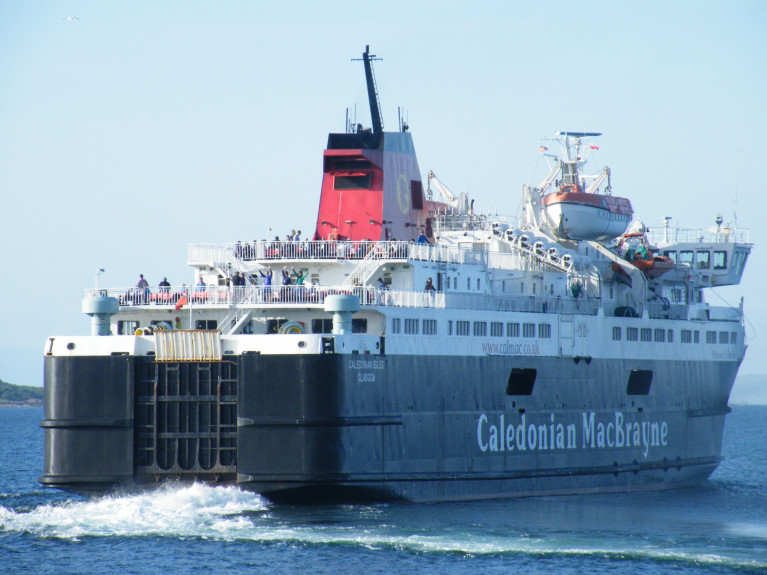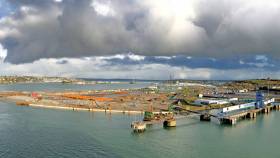Displaying items by tag: Stowaways
Ferry passengers were discovered hiding in the rear footwells of a car on the ferry from (Brodick) Arran to Ardrossan in south-west Scotland.
They are understood to have been islanders trying to leave for the mainland, reports Ardrossan Herald.
Passengers were also found hidden in vehicles on other Caledonian MacBrayne (CalMac) ferries, attempting to evade the ban on non-essential island travel.
Despite the Scottish Government lifting restrictions to allow families to visit eachother, Arran residents are still barred from visiting relatives on the mainland.
A group of golfers were discovered in a van on the crossing between Largs and Cumbrae.
In both instances, their attempts were thwarted with the stowaways reported to have been found by CalMac staff after attention was brought by other people.
They were prevented from travelling.
For more from the newspaper click here.
Afloat has identified the ferry as Caledonian Isles as featured in recent years operating the year-round route, which is also the busiest on the CalMac network (see service Covid19 status update).
The Firth of Clyde route is the nearest to Ireland which can linked by travelling across the North Channel routes of Belfast-Cairnryan (Stena Line) and Larne-Cairnryan (P&O Ferries).
The island serving ferry was tracked to the route over the weekend while seasonal-only fleetmate Isle of Arran remains today in layover at nearby Troon.
Stowaways From Albania Found in Ringaskiddy Face Deportation
#ferries - Stowaways were found hiding in a container at the Port of Cork’s Ringaskiddy ferry terminal moments after it arrived off a ship from Spain.
The eight, according to the Irish Examiner, were all Albanian nationals under the age of 24, including a 16-year-old , were found hiding between pallets in a container on the back of a truck which had disembarked the ferry from Santander in northern Spain around 5pm on Monday.
It is the second time in four weeks that stowaways have been found using the same service. Four were found in a container at Santander port earlier this month before the lorry boarded the vessel.
While the crossing takes more than 26 hours, it is understood the men could have been in the container for up to four days. There were signs that they had access to food and water during the crossing. The container was soiled by excrement.
Gardaí and paramedics were alerted and the men were medically assessed. All were in relatively good physical condition but one was treated for mild dehydration. The seven adults were taken into custody by garda immigration officers. Four have since been deported, three remain in custody pending deportation, and the youth is in care pending further enquiries.
A garda spokesman said there is an immigration presence at all arrivals into the State.
The newspaper has more on the story here.
Stowaways On Irish Ferry Found in Fridge Off Devon
#ferry - An airlift to hospital took place of two stowaways with hypothermia after being found hidden in a fridge of a passenger ferry.
As the BBC News reports, Kingsbridge Police said the Afghan men were on board a Cherbourg, France to Dublin, Ireland service when they were found 20 miles off the Devon coast.
They were taken to hospital in Plymouth by coastguard helicopter at 19:30 BST on Sunday. Both have since been discharged and are being held by Border Force.
A spokesperson for Irish ferries said: "The stowaways managed to evade numerous checks at the French port and had hidden themselves in a refrigerated trailer on the freight deck.
"One of our crew was alerted by one of the men trying to attract attention by banging the inside of the trailer. He thankfully managed to get the trailer open."
The ferry, called Epsilon, continued its journey and arrived in Dublin on Monday.































































